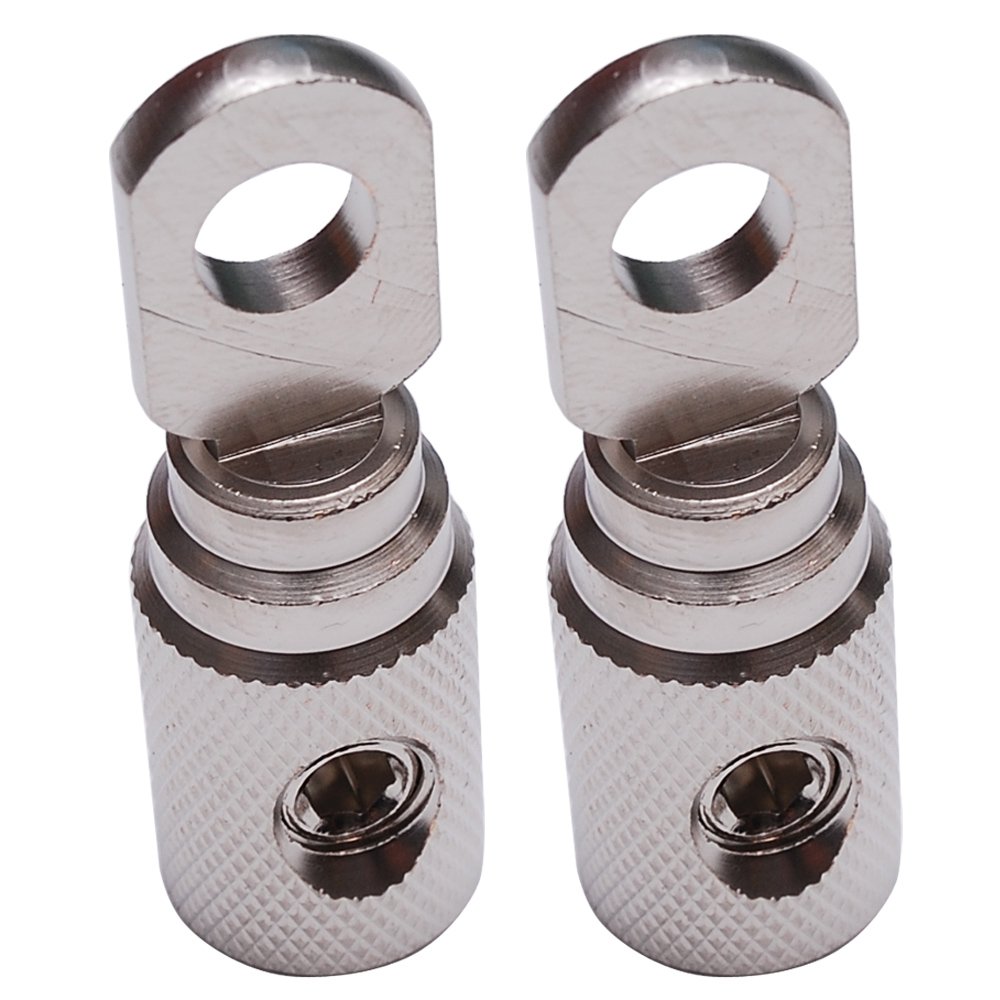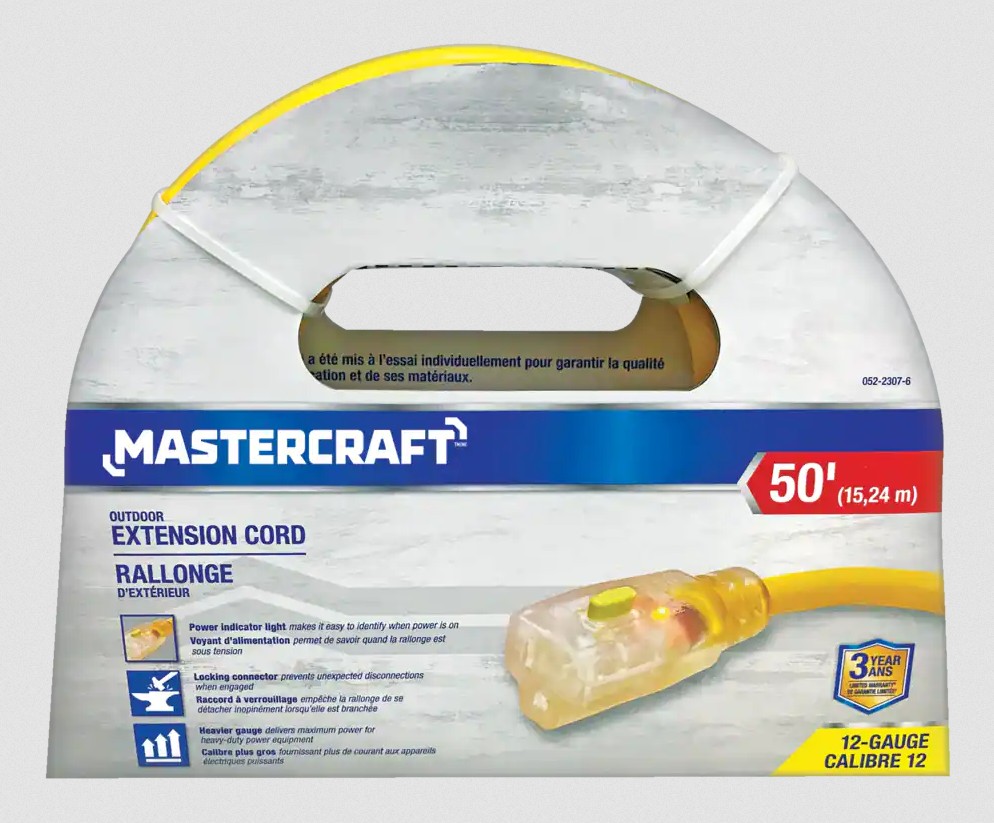This document describes how I setup an inverter to use my car (which is an electric NISSAN LEAF but could be a gas car) to power select appliances at home during a power outage. Its important that you understand the power draw from each appliance that you hookup so as to not overload the inverter and the car's electrical system.
I use a device to measure the power draw in Watts of each appliance that I might want to run on the inverter before there's a power outage.
Inverter device
Cable to connect inverter to car
Fuse for safety
Connectors for inverter
Extension cord to connect appliance to inverter

It's my understanding that you need a 'pure sine wave' inverter to run fridges and freezers, not the less expensive 'modified sine wave' types. Once you choose the type of inverter then you have to choose the size of inverter. To do this look on the label of the appliances you wish to run for their maximum energy usage in Watts. My fridge and chest freezer are both around 800 Watts so I chose a 1000 Watt inverter. If I was planning to run them both at the same time I would choose a 2000 Watt inverter but apparently my electric car can't recharge the 12 volt lead acid battery (which the inverter is connected to) faster than 1100 Watts so that was ruled out. I'm not sure how fast a gas car recharges it's 12 volt lead acid battery but I'd guess it's at least as fast as my electric car. Its not a problem to use a larger inverter than your car can handle, its the size of the appliance that its powering that's important. So I recommend not powering more than one appliance at a time but its OK to get an inverter that is larger than 1000 Watts. Example inverter.
Note that this inverter comes with the cable and integrated fuse so if you buy this kit you don't need to make the cable as outlined below.
Update 1: I have on multiple occasions powered two of my three fridges/freezers without issue. When they are running they each draw a measured ~200 Watts. When the compressor starts I'd guess that's when it draws 800 Watts but that's ok since my inverter is rated to 2000 Watts for surges and the car has a lead acid battery to even out the temporary large draws.
Update 2: I've replaced my 12 Volt lead acid battery for a 12 Volt lithium iron phosphate battery and it also seems to have no problem with the surges.

The manual for my inverter shows that for a 4 AWG (cable thickness) cable from inverter to car, it can be up to six feet. If I need up to ten feet a should use a 2 AWG (thicker) cable. The cheapest way to buy these thick cables is as a jumper cable. The bonus is that I get the clamping clips already attached to the cable. I chose a 20 foot long 4 AWG jumper cable from which I plan to cut six feet leaving the clamps on one end. 4 AWG jumper cable.

Resources recommended a 100 Amp fuse: 100 Amps times 12 Volts = 1200 Watts, the fuse will blow if you draw a sustained 1200 Watts, size your fuse accordingly. Its wired inline on the positive (red) wire (not sure why its supposed to go on the positive side but some guy on the Internet said so :). I'll cut a small section of the positive wire out and insert a fuse holder with 'ANL' type fuse. Fuse holder and fuse.

The wire from the car to the inverter requires a ring terminal at the inverter. I chose a kind that attaches to the wire with a set screw instead of a crimp so that I did not have to buy the crimping tool. Terminals that fit my inverter.

This is the regular household AC extension cord, long because the inverter will be near the car and not near the appliance. How will you get the cord from the inverter to your fridge in the kitchen without leaving a door or window open? I will have it come through a sliding door and fill the rest of the gap with a strip of foam. Since the cord is long I chose a thicker 12 AWG instead of 14 AWG (and 16 AWG is ruled out as way too thin for the amount of power we are talking about). 12 AWG extension cable.
Update 1: I decided to instead route the extension cord under the garage door and into the house.
Update 2: I've heard that some people will first turn off the main breaker in their electrical panel (important!) then plug the inverter into an outside outlet with a Frankenstein male to male extension cord and feed the inverter power to their house this way. I rejected that because I can't be sure what inside the house is powered. But I may revisit that decision because I could control that by turning all the breakers except select ones off.